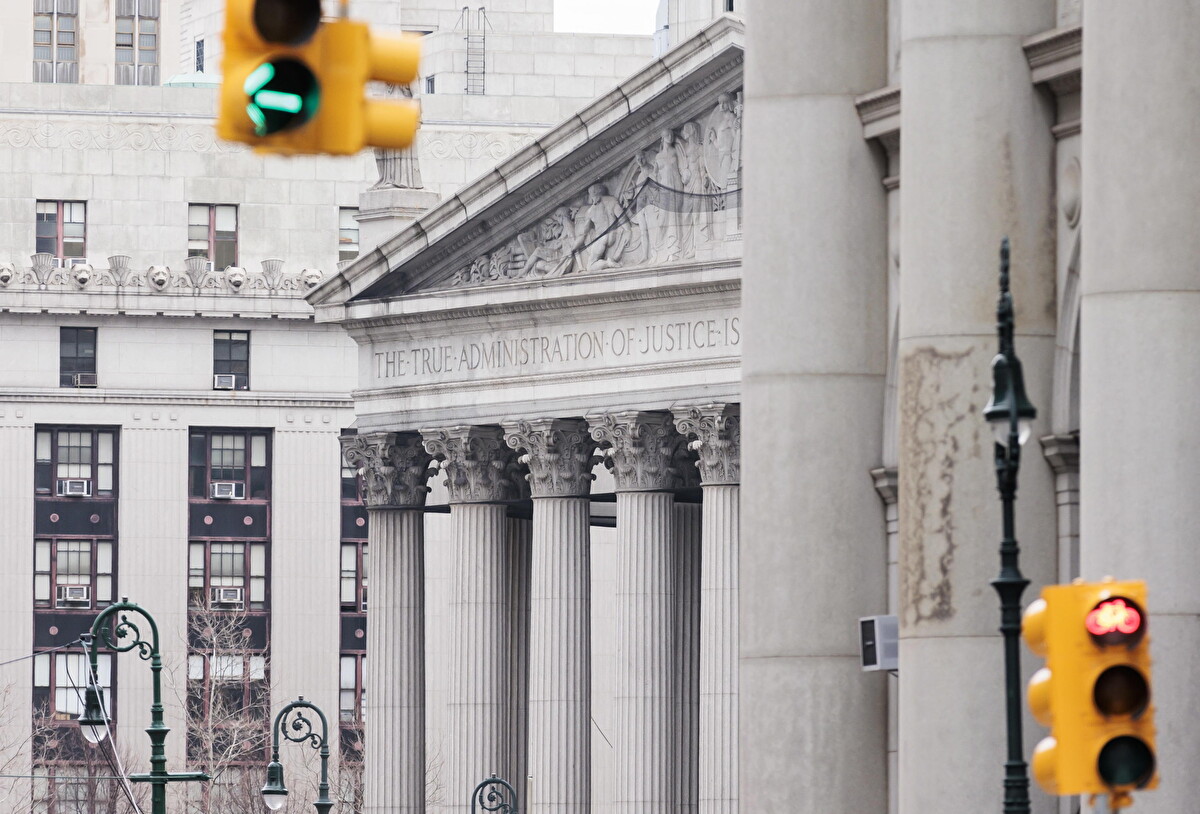After nearly a century and a half of waiting, construction of the Sagrada Familia Basilica in Barcelona will finally be completed in 2026.
This will mark more than 140 years since construction of the cathedral initially began, as officials have confirmed.
Construction began in 1882 according to a design spearheaded by celebrated Catalan architect Antoni Gaudi, who decided the monumental structure would have 18 massive, spindle-shaped towers, with each symbolizing a different biblical figure, including the 12 apostles, the four evangelists, the Virgin Mary and Jesus.
When Gaudi died in 1926, only an estimated 10%-15% of the project had been built, including one transept, a crypt, and some of the apse wall.
Construction, which was already moving at a slow pace, was interrupted in the late 1930s by the Spanish Civil War when most of Gaudi’s designs and models were destroyed.
Gaudi’s tomb now lies beneath the cathedral.
The assembling of the last six towers will mark the completion of the structure of the basilica, as announced by the organization responsible for managing the site last week.
When finished, the Sagrada Familia will officially be the world’s tallest church, surpassing Ulm Minster in Germany.
“The Chapel of the Assumption is expected to be finished in 2025 and the tower of Jesus Christ, in 2026,” the Sagrada Familia said in a statement announcing the publication of its 2023 annual report.
The tower of Jesus Christ will stand at 172.5 meters (566 feet) tall, and will be finished with a 17-meter-tall (56-foot) four-armed cross, as reported by the cathedral.
Construction of the church was carried out illegally for 137 years, until 2019, when a building permit was finally issued by Barcelona’s city council. The city’s officials had only discovered the “anomaly” of construction being unauthorized in 2016.
Current designs of the Sagrada Familia are based on the surviving and reconstructed materials of Gaudi, along with reimagined interpretations of the original designs.
In 1984, the building was designated a UNESCO World Heritage Site and was consecrated by Pope Benedict XVI for religious worship in 2010.












